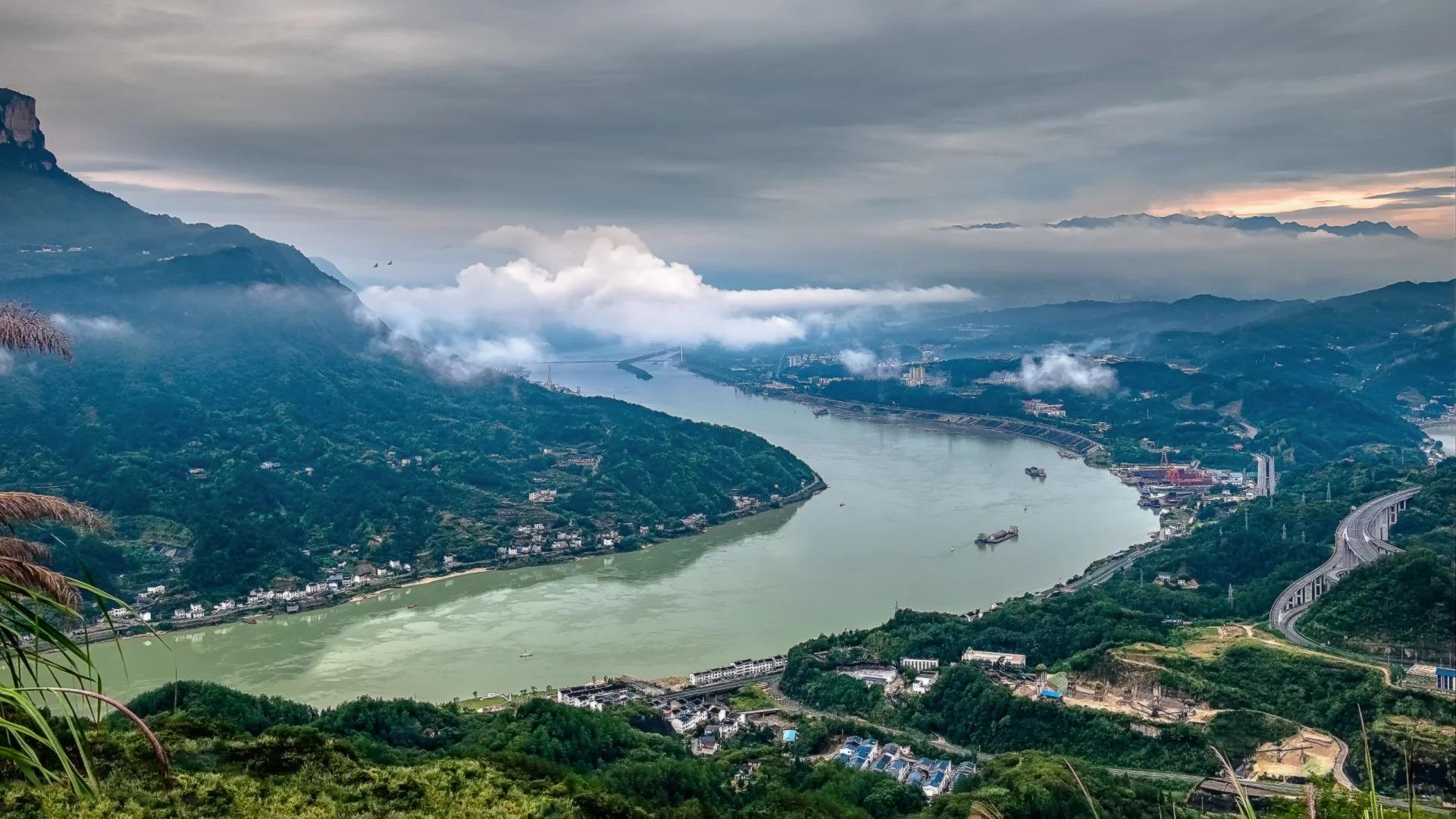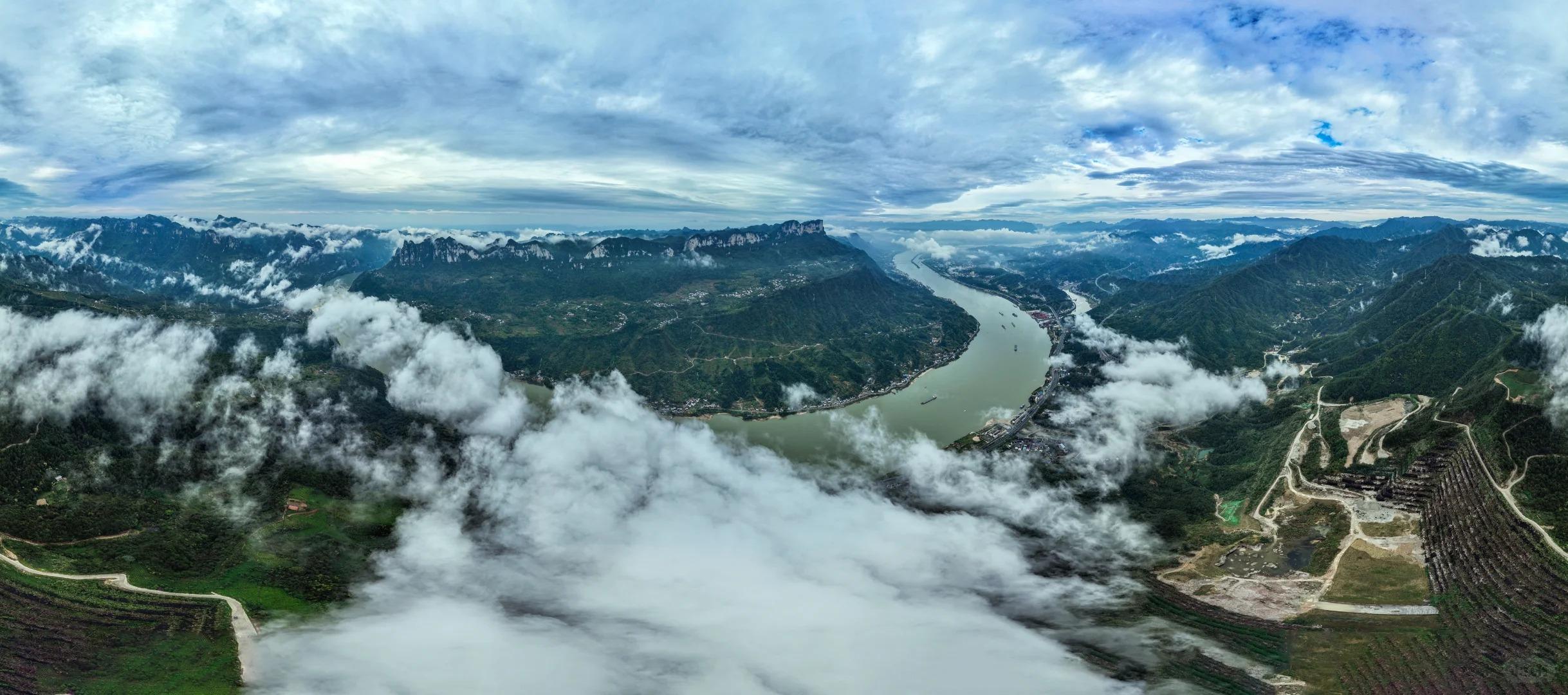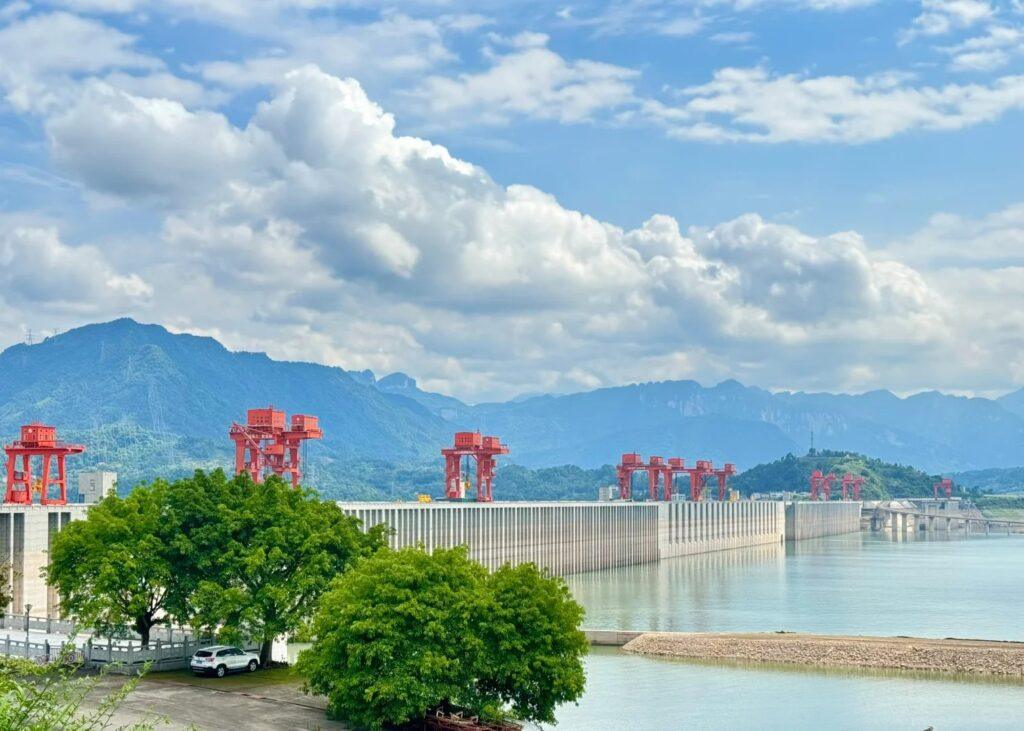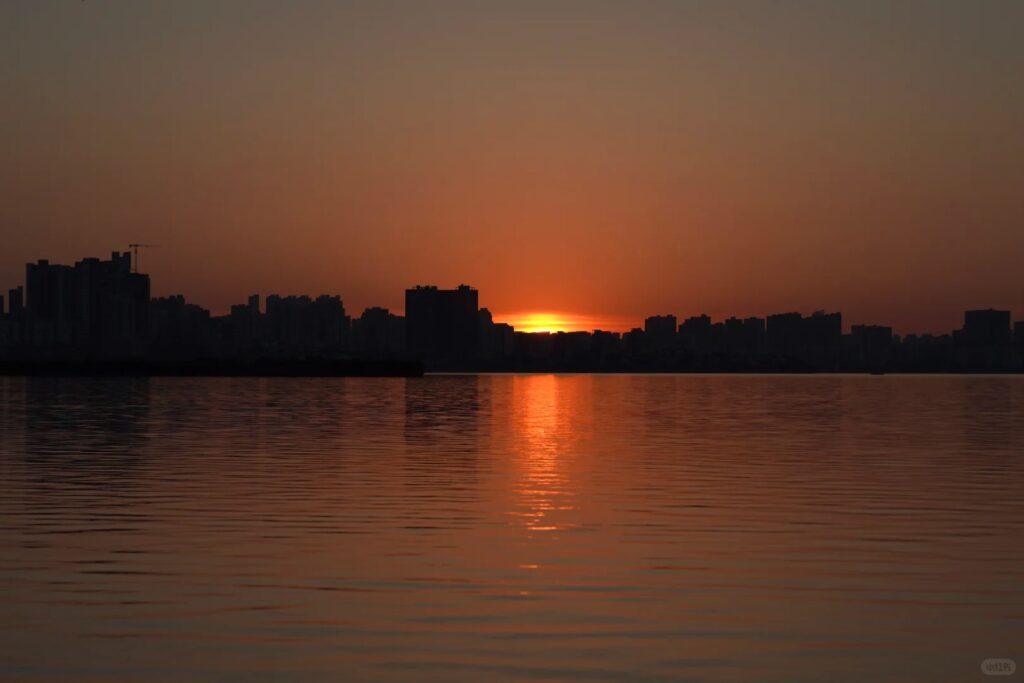Visiting Information
| Information | Details |
|---|---|
| Chinese Name | 长江 (Cháng Jiāng) |
| Location and Address | Flows from the Tibetan Plateau to the East China Sea, passing through 10 provinces |
| Opening Hours | 24/7 (Cruise schedules vary) |
| Entrance Fee | Free to view; cruise prices vary |
| How to Get There | By Metro: Varies by city By Bus: Local buses available in riverside cities By Taxi: Available in all major cities along the river |
| Best Time for Visit | April to October for cruises; year-round for general viewing |
| Contact Info | Chongqing Tourism Bureau: +86 23 6322 3929 Email: [email protected] |
Overview
The Yangtze River, known as “Changjiang” in Chinese, is the longest river in Asia and the third-longest in the world. Stretching for 6,300 kilometers (3,915 miles), it flows from the glaciers of the Tibetan Plateau to the East China Sea, passing through diverse landscapes and serving as a crucial waterway for transportation, commerce, and agriculture.
Historical Background
The Yangtze River has been central to Chinese civilization for over 2,000 years. It has nurtured ancient cultures, witnessed the rise and fall of dynasties, and played a pivotal role in China’s economic development. The river has been a source of both prosperity and challenges, with historical floods shaping the course of Chinese history. Ancient Chinese philosophers often used the Yangtze as a metaphor for the flow of time and the constancy of change.
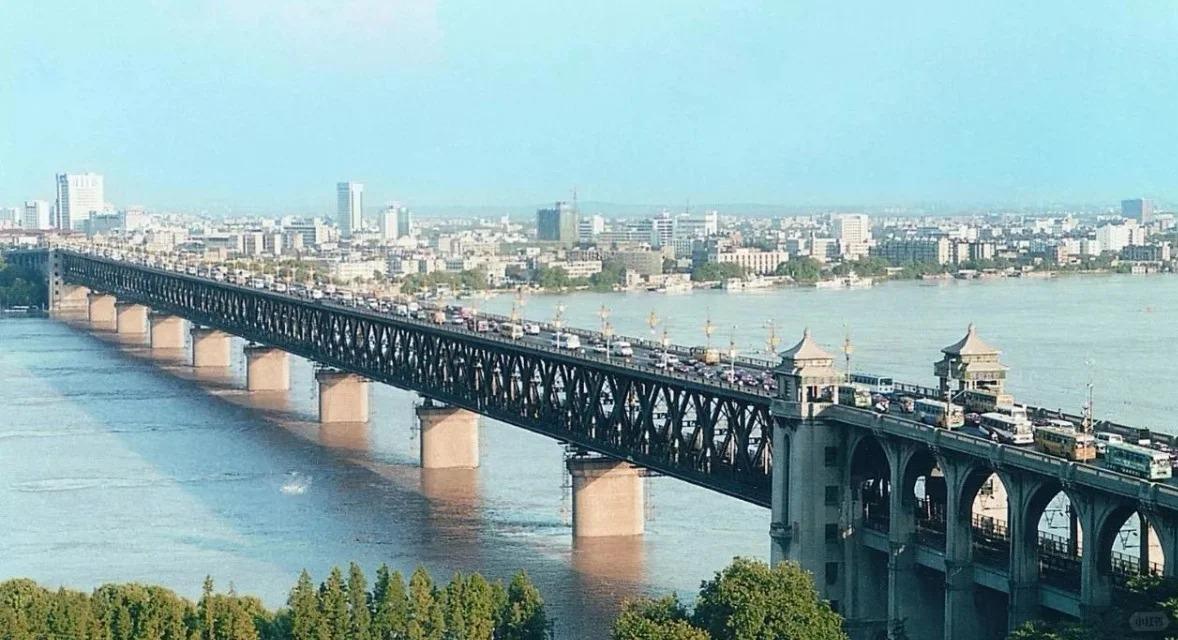
Architectural Features
While the Yangtze itself is a natural feature, it has inspired numerous architectural marvels along its course:
- The Three Gorges Dam: The world’s largest hydroelectric power station
- Ancient water towns: Such as Xitang and Wuzhen, featuring traditional Chinese architecture
- Yangtze River Bridge in Nanjing: The first bridge to span the Yangtze
- Shibaozhai Pagoda: A 12-story pavilion built against a sheer cliff face
- Modern skylines: Of cities like Shanghai and Wuhan along the river’s banks
Cultural Importance
The Yangtze River holds immense cultural significance in China:
- Serves as a traditional boundary between North and South China
- Inspiration for countless poems, paintings, and legends
- Home to diverse ethnic groups with unique customs and traditions
- Site of important historical events and ancient battlefields
- Central to Chinese folklore and mythology, often personified as a dragon
Surrounding Attractions
Three Gorges: The Three Gorges, consisting of Qutang, Wu, and Xiling Gorges, are among the most spectacular natural sceneries along the Yangtze. Stretching for 193 kilometers, these limestone cliffs and narrow passageways offer breathtaking views and are a highlight of any Yangtze River cruise.
Three Gorges Dam: This engineering marvel is the world’s largest hydroelectric power station. Visitors can tour the dam site, learn about its construction and impact, and witness the impressive ship locks in action.
Fengdu Ghost City: Located on Ming Mountain, this complex of shrines, temples, and monasteries is dedicated to the afterlife in Chinese mythology. It offers a unique insight into traditional Chinese beliefs about death and the underworld.
Shibaozhai Pagoda: This 12-story, 18th-century pavilion is built against a sheer cliff face. Its unique architecture and stunning views make it a popular stop on Yangtze cruises.
White Emperor City: Perched on a hill overlooking the Qutang Gorge, this ancient temple complex offers panoramic views of the river and surrounding landscapes. It’s steeped in history and legend, particularly related to the Three Kingdoms period.
Lesser Three Gorges: A tributary of the Yangtze, the Daning River’s Lesser Three Gorges offer a more intimate experience of the region’s natural beauty, with crystal-clear waters, diverse wildlife, and stunning cliff faces.
Yangtze River Bridge in Nanjing: This double-decked road-rail truss bridge was the first to span the Yangtze River. It’s an important landmark in Nanjing and symbolizes China’s technological progress.
The Bund in Shanghai: While not directly on the Yangtze, the Bund sits at the river’s mouth where it meets the Huangpu River. This waterfront area showcases Shanghai’s colonial-era architecture and offers views of the ultra-modern Pudong skyline across the water.

Photography Opportunities
The Yangtze River offers numerous photographic subjects:
- Dramatic landscapes of the Three Gorges
- Sunrise and sunset over the river
- Traditional river towns and fishing villages
- Modern cityscapes along the riverbanks
- Diverse wildlife, including the endangered Yangtze finless porpoise
- Traditional and modern river vessels
- Misty mountains and gorges in early morning light
- Cultural performances and local traditions during river cruises
Modern Importance
The Yangtze River continues to play a crucial role in modern China:
- Major transportation artery for goods and passengers
- Source of hydroelectric power, especially from the Three Gorges Dam
- Important for irrigation and water supply to millions of people
- Key driver of economic development in the Yangtze River Economic Belt
- Focus of ecological conservation efforts
- Popular tourist destination, particularly for river cruises
- Site of ongoing environmental restoration projects
- Critical to China’s water resource management strategies
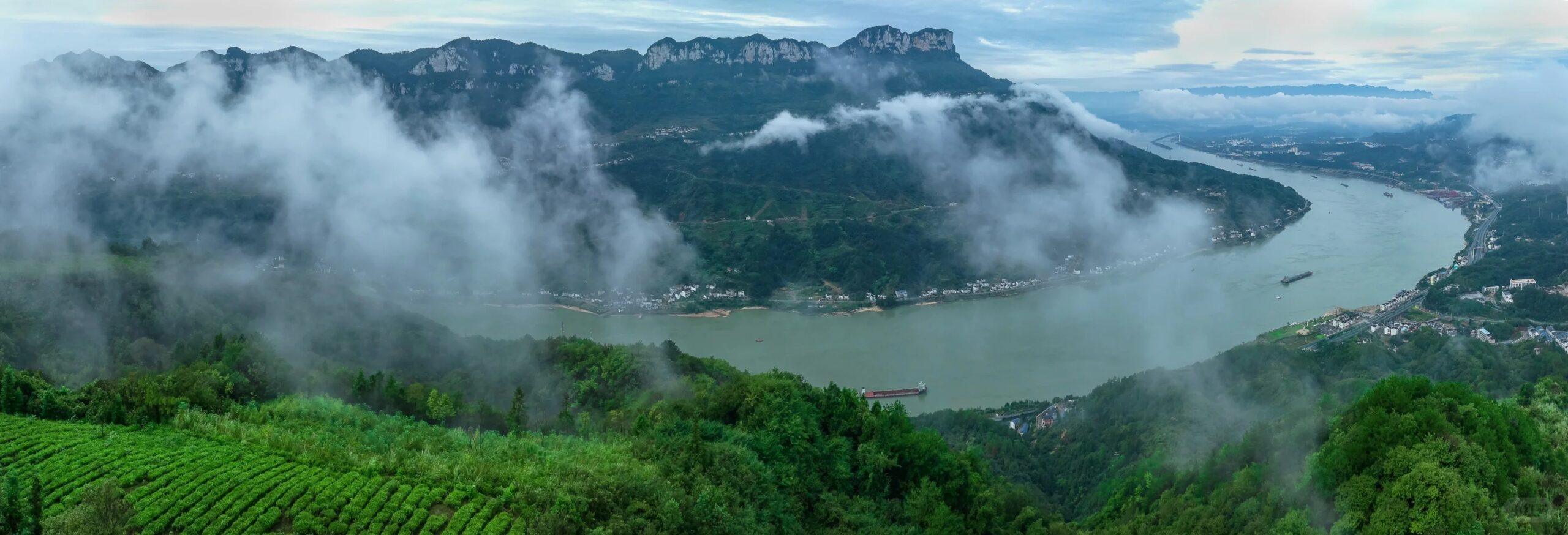
FAQ
- What is the Yangtze River famous for?
The Yangtze River is famous for being the longest river in Asia and third-longest in the world. It’s renowned for its breathtaking scenery, especially the Three Gorges region, its crucial role in Chinese history and culture, and its importance to China’s economy and ecology. - What’s inside the Yangtze River?
The Yangtze River contains a diverse ecosystem with numerous fish species, including the endangered Yangtze sturgeon. It’s also home to various bird species and the rare Yangtze finless porpoise. The river passes through diverse landscapes, from mountainous regions to plains, and is dotted with cities, historical sites, and the Three Gorges Dam. - Is the Yangtze River free?
Viewing the Yangtze River is generally free, but activities like river cruises, visits to specific attractions along the river, or entry to certain viewing points may have associated costs. - Is the Yangtze River worth visiting?
Yes, the Yangtze River is definitely worth visiting. It offers stunning natural scenery, rich cultural experiences, and insights into China’s history and modern development. The Three Gorges region, in particular, is a highlight for many visitors. - What to do at the Yangtze River?
Activities at the Yangtze River include taking a river cruise, visiting the Three Gorges Dam, exploring riverside towns and cities, hiking in scenic areas, visiting historical sites and temples, and enjoying local cuisine. Photography, birdwatching, and learning about the river’s ecology are also popular activities. - How do I get to the Yangtze River in the local city?
In Chongqing, a major starting point for Yangtze River cruises, you can reach the Chaotianmen Dock by taking Metro Line 1 to Xiaoshizi Station and then walking or taking a short taxi ride. In Wuhan, another key city on the Yangtze, you can take Metro Line 1 to Youyi Road Station to reach the Hankou Riverside area. - How to visit the Yangtze River?
The most popular way to visit the Yangtze River is by taking a river cruise, especially through the Three Gorges area. Cruises typically last 3-5 days and run between Chongqing and Yichang. You can also visit specific sites along the river independently, such as in Wuhan or Nanjing. For a quick view, many cities have riverside parks or promenades. It’s best to plan your visit based on which section of the river you’re most interested in seeing and what activities you prefer.


